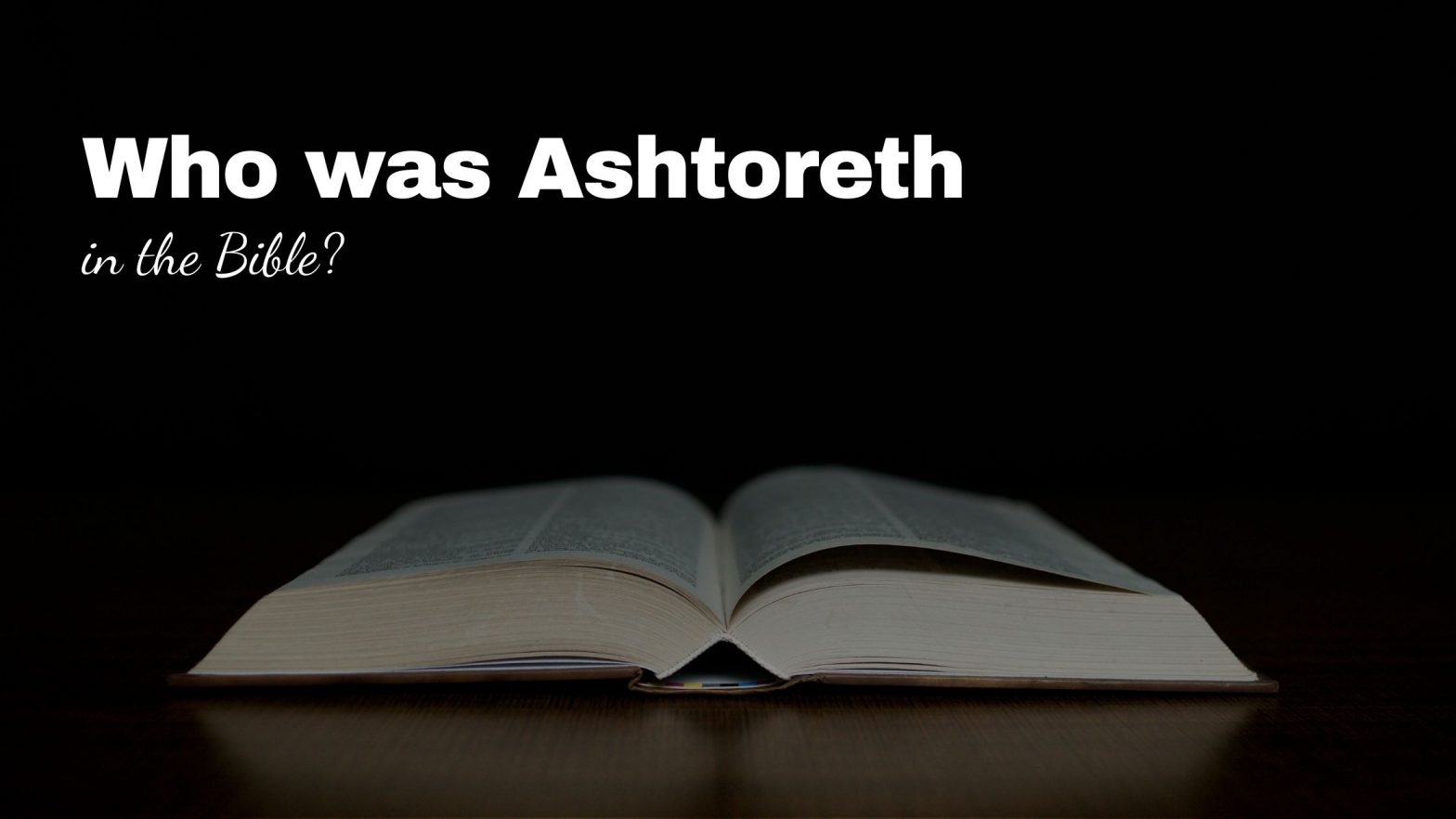
Ashtoreth (1 Kings 11:5) is the name of a goddess of the Sidonians (1 Kings 11:5; 1 Kings 11:33), but also of the Philistines (1 Samuel 31:10), whose worship was introduced among the Israelites during the period of the judges (Judges 2:13; 1 Samuel 7:4), was celebrated by Solomon himself (1 Kings 11:5), and was finally put down by Josiah (2 Kings 23:13). It is associated with fertility, sexuality, and war.
She is frequently mentioned in connection with Baal, as the corresponding female divinity ( Judges 2:13); and, from the addition of the words, ‘and all the host of heaven,’ in 2 Kings 23:4, it is probable that she represented one of the celestial bodies. There is also reason to believe that she is meant by the ‘queen of heaven,’ in Jeremiah 7:18; Jeremiah 44:17; whose worship is there said to have been solemnized by burning incense, pouring libations, and offering cakes.
Bible References:
- An idol of the Philistines, Zidonians, and Phenicians. Probably identical with queen of heaven
Jeremiah 7:18 - Worshiped by Israelites
Judges 2:13,10:6; 1 Samuel 7:3-4, 12:10; 1 Kings 11:5,33; 2 Kings 23:13 - Temple of
1 Samuel 31:10 - High places of, at Jerusalem, destroyed
2 Kings 23:13
Name and Origin
The name of the supreme goddess of Canaan and the female counterpart of Baal.
The name and cult of the goddess were derived from Babylonia, where Ishtar represented the evening and morning stars and was accordingly androgynous in origin. Under Semitic influence, however, she became solely female, but retained a memory of her primitive character by standing, alone among the Assyro-Bab goddesses, on a footing of equality with the male divinities. From Babylonia the worship of the goddess was carried to the Semites of the West, and in most instances the feminine suffix was attached to her name; where this was not the case the deity was regarded as a male. On the Moabite Stone, for example, ‘Ashtar is identified with Chemosh, and in the inscriptions of southern Arabia ‘Athtar is a god. On the other hand, in Atar-gatis or Derketo (2 Macc 12:26), Atar, without the feminine suffix, is identified with the goddess ‘Athah or ‘Athi (Greek Gatis ). The cult of the Greek Aphrodı́tē in Cyprus was borrowed from that of Ashtoreth; whether the Greek name also is a modification of Ashtoreth, as has often been maintained, is doubtful.
Attributes of the Goddess
In Babylonia and Assyria Ishtar was the goddess of love and war. An old Babylonian legend related how the descent of Ishtar into Hades in search of her dead husband, Tammuz, was followed by the cessation of marriage and birth in both earth and heaven, while the temples of the goddess at Nineveh and Arbela, around which the two cities afterward grew up, were dedicated to her as the goddess of war. As such she appeared to one of Assur-bani-pal’s seers and encouraged the Assyrian king to march against Elam. The other goddesses of Babylonia, who were little more than reflections of the god, tended to merge into Ishtar who thus became a type of the female divinity, a personification of the productive principle in nature, and more especially the mother and creatress of mankind.
The chief seat of the worship of Ishtar in Babylonia was Erech, where prostitution was practiced in her name, and she was served with immoral rites by bands of men and women. In Assyria, where the warlike side of the goddess was predominant, no such rites seem to have been practiced, and, instead, prophetesses were attached to her temples to whom she delivered oracles.
Ashtoreth as a Moon-Goddess
In Canaan, Ashtoreth, as distinguished from the male ‘Ashtar, dropped her warlike attributes, but in contradistinction to Ashērāh , whose name and cult had also been imported from Assyria, became, on the one hand, the colorless consort of Baal, and on the other hand, a moon-goddess. In Babylonia the moon was a god, but after the rise of the solar theology, when the larger number of the Babylonian gods were resolved into forms of the sun-god, their wives also became solar, Ishtar, “the daughter of Sin” the moon-god, remaining identified with the evening-star. In Canaan, however, when the solar theology had absorbed the older beliefs, Baal, passing into a sun-god and the goddess who stood at his side becoming a representative of the moon – the pale reflection, as it were, of the sun – A shtoreth came to be regarded as the consort of Baal and took the place of the solar goddesses of Babylonia.
The Local Ashtaroth
Hence there were as “many Ashtoreths” or Ashtaroth as Baals. They represented the various forms under which the goddess was worshipped in different localities ( Judges 10:6; 1 Samuel 7:4; 1 Samuel 12:10 , etc.). Sometimes she was addressed as Naamah, “the delightful one,” Greek Astro – noē , the mother of Eshmun and the Cabeiri. The Philistines seem to have adopted her under her warlike form ( 1 Samuel 31:10 the King James Version reading “Ashtoreth,” as Septuagint), but she was more usually the moon-goddess (Lucian, De Dea Syriac ., 4; Herodian, v.6, 10), and was accordingly symbolized by the horns of a cow. See Ashtaroth-Karnaim . At Ashkelon, where Herodotus (i.105) places her most ancient temple, she was worshipped under the name of Atar – gatis , as a woman with the tail of a fish, and fish were accordingly sacred to her. Elsewhere the dove was her sacred symbol. The immoral rites with which the worship of Ishtar in Babylonia was accompanied were transferred to Canaan ( Deuteronomy 23:18 ) and formed part of the idolatrous practices which the Israelites were called upon to extirpate.
References:
International Standard Bible Encyclopedia
Kitto’s Popular Cyclopedia of Biblial Literature
Nave’s Topical Bible
